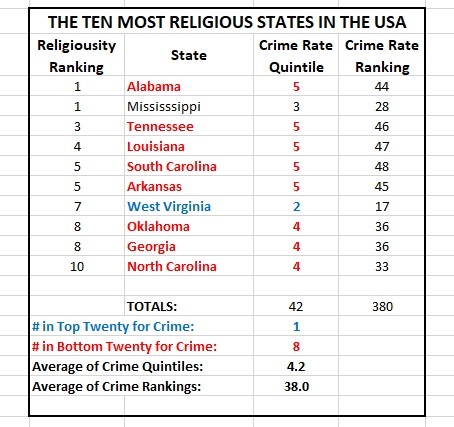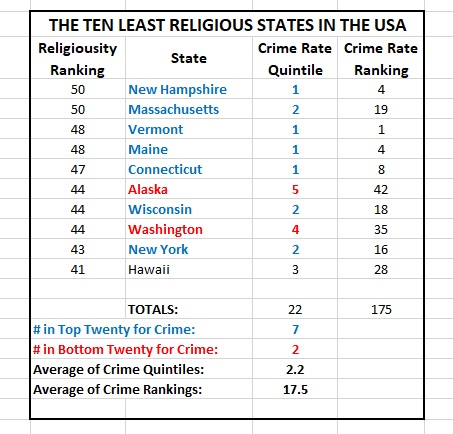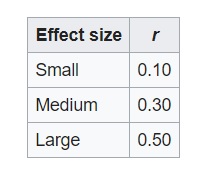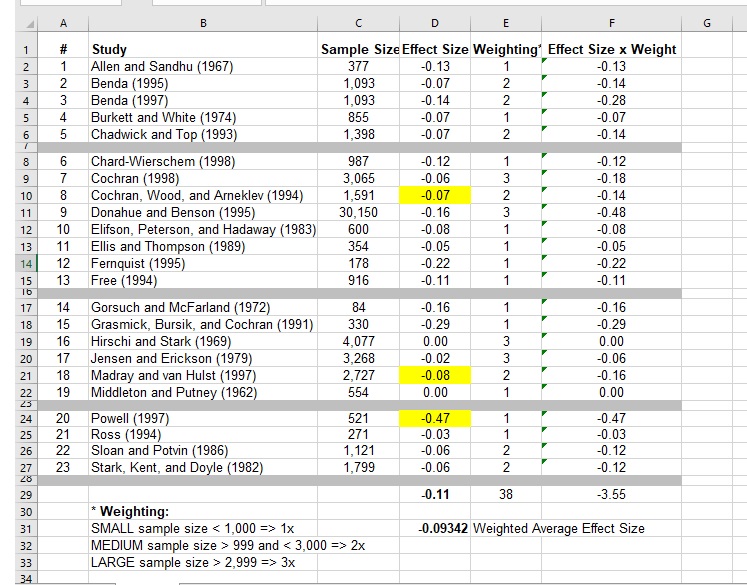Skepticism about Religion – Part 4: Religion and Virtue
=========================
II. There are good reasons to be SKEPTICAL about religion and religious beliefs.
A. Religion is NOT the key to Happiness and Virtue.
1. Religion is NOT the key to Happiness.
2. Religion is NOT the key to Virtue.
========================
An Obvious Failure of Religion to Promote Virtue
Many Catholic priests have sexually abused many children for many decades (and probably for many centuries):
======================
Priest sex abuse: New report lists 212 Catholic priests in Oakland, San Jose, San Francisco dioceses accused of child sex abuse
October 23, 2018
“The data reveals the scandalous scale of hundreds of priests assaulting thousands of minors from early history to the present in these Dioceses,” the report concludes. “The data collected suggests the patterns and practices of Church officials, including the orchestration of an institutional cover-up of an enormous magnitude.”
Catholic Priests Abused 1,000 Children in Pennsylvania, Report Says
Bishops and other leaders of the Roman Catholic Church in Pennsylvania covered up child sexual abuse by more than 300 priests over a period of 70 years, persuading victims not to report the abuse and law enforcement not to investigate it, according to a searing report issued by a grand jury on Tuesday.
The report, which covered six of the state’s eight Catholic dioceses and found more than 1,000 identifiable victims, is the broadest examination yet by a government agency in the United States of child sexual abuse in the Catholic Church. The report said there are likely thousands more victims whose records were lost or who were too afraid to come forward.
The Most Religious States Tend to Have the Most Crime
If religion was the key to virtue, then we would expect that the most religious states in the USA would have the least amount of crime, the lowest crime rates. But in fact, the most religious states tend to have the highest crime rates:
Of the ten most religious states, eight states rank in the bottom twenty for worst crime rates. Only one of the ten most religious states ranked in the top twenty for lowest crime rates.
The ranking here is based on FBI statistics for violent crimes and for property crimes in 2014 (the same year as the ranking of religiosity of states by Pew Research). Each state was ranked in relation to violent crimes, and in relation to property crimes, and then those two rankings were averaged together for each state. This gives equal weight to ranking for violent crimes and to ranking for property crimes.
Violent crimes are much less common that property crimes, but violent crimes are also much more serious in nature (murder, rape, assault), so it seems reasonable to give ranking for violent crime equal weight with ranking for property crimes, even though violent crimes are much less common.
The Least Religious States Tend to Have the Least Crime
If religion was the key to virtue, then we would expect that the least religious states in the USA to have the most crime, the highest crime rates. But in fact, the least religious states tend to have the lowest crime rates:
Of the ten least religious states, only two rank in the bottom twenty for worst crime rates. Seven out of the ten least religious states ranked in the top twenty for lowest crime rates.
Given that most of the ten most religious states have high crime rates relative to other states, and given that most of the ten least religious states have low crime rates relative to other states, it is very doubtful that religion is the key to virtue.
The Most Religious Countries in the World Tend to Have High Murder Rates AND The Least Religious Countries in the World Tend to Have Low Murder Rates
Phil Zuckerman makes this point in his article “Atheism, Secularity, and Well-Being: How the Findings of Social Science Counter Negative Stereotypes and Assumptions”:
If religion, prayer, or God-belief hindered criminal behavior, and secularity or atheism fostered lawlessness, we would expect to find the most religious nations having the lowest murder rates and the least religious nations having the highest. But we find just the opposite. Murder rates are actually lower in more secular nations and higher in more religious nations where belief in God is deep and widespread (Jensen 2006; Paul 2005; Fajnzylber
et al. 2002; Fox and Levin 2000).
Zuckerman provides more details in an LA Times editorial (“Think religion makes society less violent? Think again.”):
If it were true that when belief in God weakens, societal well-being diminishes, then we should see abundant evidence for this. But we don’t. In fact, we find just the opposite: Those societies today that are the most religious — where faith in God is strong and religious participation is high — tend to have the highest violent crime rates, while those societies in which faith and church attendance are the weakest — the most secular societies — tend to have the lowest.
[…]
Take homicide. According to the United Nations’ 2011 Global Study on Homicide, of the 10 nations with the highest homicide rates, all are very religious, and many — such as Colombia, Mexico, El Salvador and Brazil — are among the most theistic nations in the world. Of the nations with the lowest homicide rates, nearly all are very secular, with seven ranking among the least theistic nations, such as Sweden, Japan, Norway and the Netherlands.
This is further evidence against the belief that religion is the key to virtue.
Empirical Studies of the Relationship Between Religion and Crime
If religion was the KEY to VIRTUE, then empirical studies of the relationship between religion and crime should consistently show that there is a STRONG negative correlation between religiousness and participation in crime. Some empirical studies have produced data that indicates there is no significant negative correlation between religiousness and crime. Other studies, however, have produced data that indicates a significant negative correlation between religiousness and crime.
But, as with empirical studies on religion and happiness, there are some significant caveats and qualifications that should be noted:
- Significant negative correlations tend to be concerned with VICTIMLESS CRIMES (like smoking pot, or underage drinking), as opposed to crimes against people (murder, rape, assault, robbery, car theft, burglary).
- Although reviews of multiple empirical studies tend to show that there is a negative correlation between religion and crime, the size of the effect is usually very modest.
- There are several OTHER factors besides religion that have as much or more effect on the likelihood that a person will commit a crime against another person.
Victimless crimes are of little significance in relation to the issue of MORAL VIRTUE, because moral virtue is focused primarily on how we treat other people. So, when empirical studies lump victimless crime in with crimes against people, the alleged negative correlation between religion and crime becomes irrelevant or insignificant in relation to the issue of MORAL VIRTUE.
Because reviews of multiple empirical studies show only that religion has a modest effect size on criminality, that is strong evidence that religion is NOT the key to virtue. In order for something to be the key to virtue, it must have a very powerful effect on the degree of virtue that a person possesses. A modest reduction in how likely one is to commit crimes against other people is clearly NOT sufficient to count as a very powerful effect on the degree of virtue that a person possesses. So, if the reviews of multiple empirical studies of the relationship of religion to crime are correct, then it follows that it is NOT the case that “Religion is the key to virtue.”
There are a number of other factors besides religion that have significant impact on the likelihood that a person will commit a crime against another person. Because several other factors have significant influence on criminality, this makes it improbable that “Religion is the key to virtue”.
My claim is NOT that religion makes people bad or immoral. My claim is that the idea that “Religion is the key to virtue” is contrary to known facts and evidence about human behavior.
An example of a review of empirical studies is the article “If You Love Me, Keep My Commandments“, by COLIN J. BAIER and BRADLEY R. E. WRIGHT, published in Journal of Research in Crime and Delinquency in 2001. Baier and Wright examined and analyzed several empirical studies on religion and crime, and drew this conclusion:
However, many of those 60 studies include data that indicates a negative correlation between religion and NONVICTIM crimes. This data is irrelevant to the issue of MORAL VIRTUE, but it bumps up the size of the effect of religion on criminality:
Yet even with this irrelevant data bumping up the size of the effect, religion still has only a modest impact: r = -.12 . I don’t know exactly how much lower this effect size would be without the irrelevant data (on nonvictim crimes), but it is likely that the impact would be r > or = -.10. An effect size of r = -.10 is considered to be “small” (from the “Effect Size” article in Wikipedia):
Pearson’s correlation, often denoted r and introduced by Karl Pearson, is widely used as an effect size when paired quantitative data are available; for instance if one were studying the relationship between birth weight and longevity. The correlation coefficient can also be used when the data are binary. Pearson’s r can vary in magnitude from −1 to 1, with −1 indicating a perfect negative linear relation, 1 indicating a perfect positive linear relation, and 0 indicating no linear relation between two variables. Cohen gives the following guidelines for the social sciences:
There are several other factors besides religion that have that size of effect (or greater) on criminality. Given that there are several other factors besides religion that have that size (or greater) effect on criminality, this is strong evidence against the view that “Religion is the key to virtue”.
===========================
UPDATE on 11/3/18
===========================
The meta-analysis article by Baier and Wright (2001) concluded that the effect size of religion on crime was “about r = – .12”. I pointed out that this effect size is based on studies that used data on VICTIMLESS crimes, which are irrelevant to the question of the relationship of religion to moral virtue. Furthermore, Baier and Wright determined that religion has a greater effect on VICTIMLESS crime as compared to crimes against people. I guessed that if we looked only at the data related to crimes against people, the effect size of religion on crime would be about r = – .10. My guess was very close to the mark.
I have done some calculations and have determined that if we look at only crimes against people, the effect size of religion is between r = – .09 and r = – .11.
Out of the 60 studies reviewed by Baier and Wright, 23 studies are concerned only with crimes against people. If we calculate the MEAN of the effect sizes reported in those 23 studies, we get an average effect size of r = -.11 .
However, simply averaging the effect sizes seems unreasonable, because some of these studies have large sample sizes, and some have small sample sizes. The arithmetic MEAN treats all 23 studies equally, both the study with a sample size of 84 and the study with a sample size of 30,150. But a few data points that are errors or anomalies can significantly skew the results in a study that has a small sample size but not a study with a large sample size. So, we ought to give greater weight to the effect sizes of studies with large sample sizes versus studies with small sample sizes.
I have defined SMALL, MEDIUM, and LARGE sample sizes to use in comparing the 23 studies of religion and crimes against people, and then used those categories to calculate a weighted average effect size. The result was r = – .09.
The mean effect size of the 23 relevant studies is r = – .11, and the weighted average effect size is r = – .09. So, my guess at the effect size was right inbetween the mean and the weighted average: r = – .10 . That means that based on the 23 relevant studies examined in the meta-analysis by Baier and Wright, the effect size just barely meets the threshold for a “small” effect size, or in the case of the weighted average effect size fails to meet the threshold for a “small” effect size.
Here are the details and numbers on the 23 relevant studies (data on sample size and reported effect size is from Table 1 in the Baier and Wright article):









